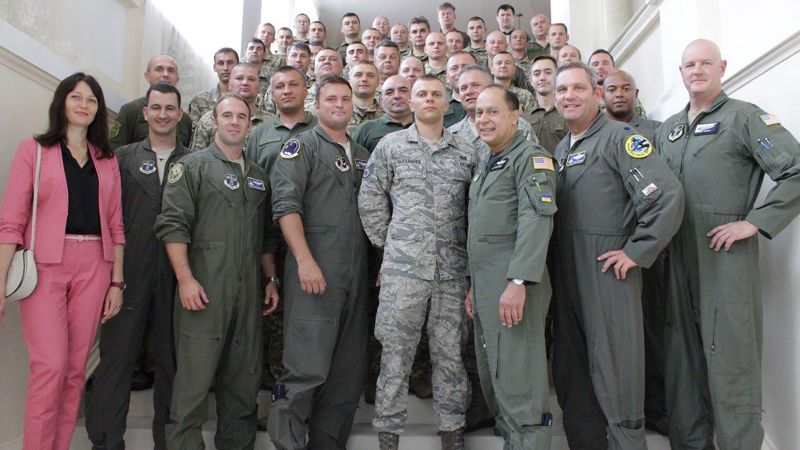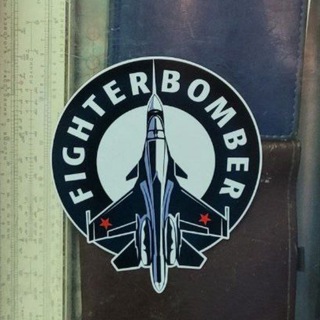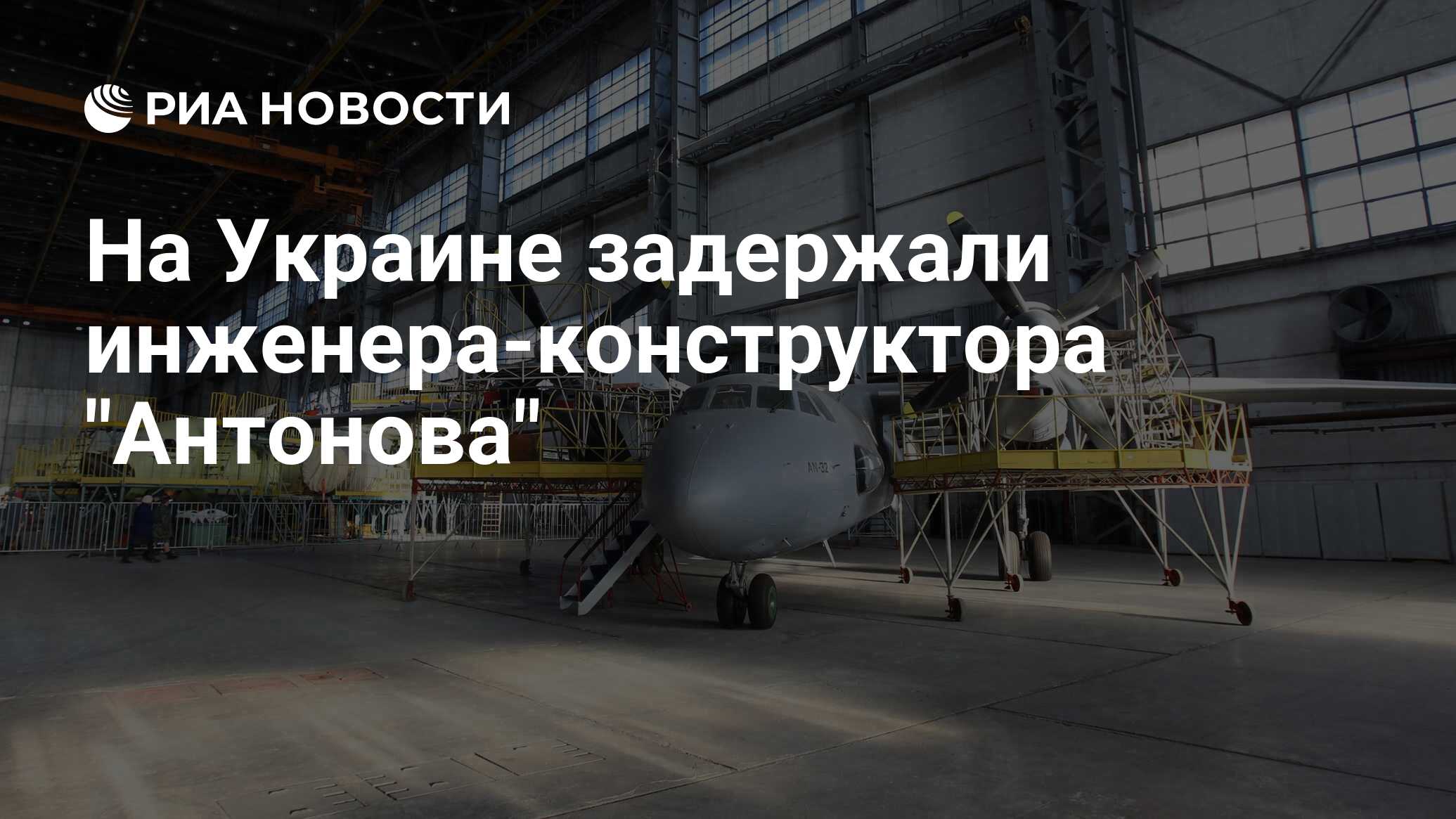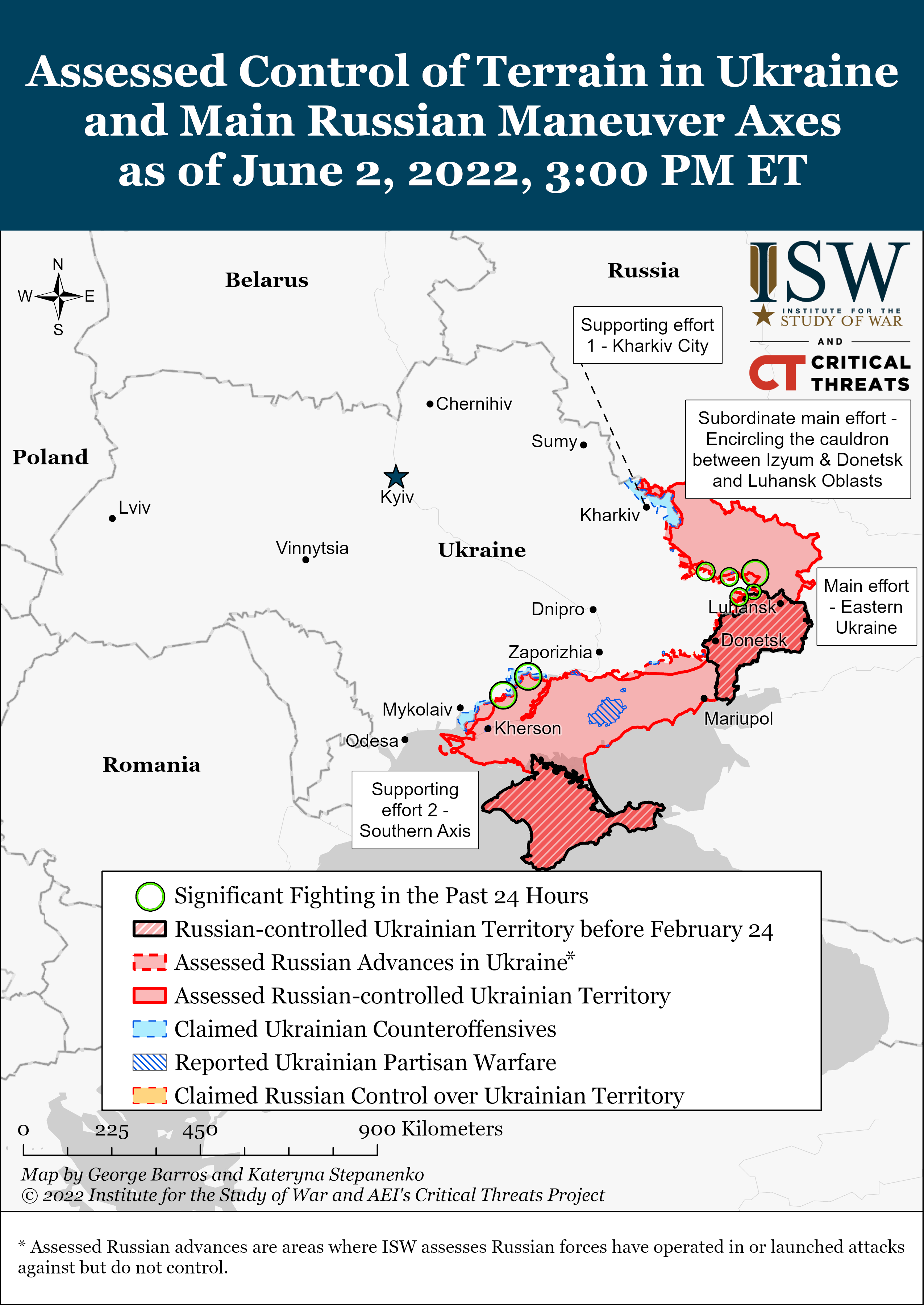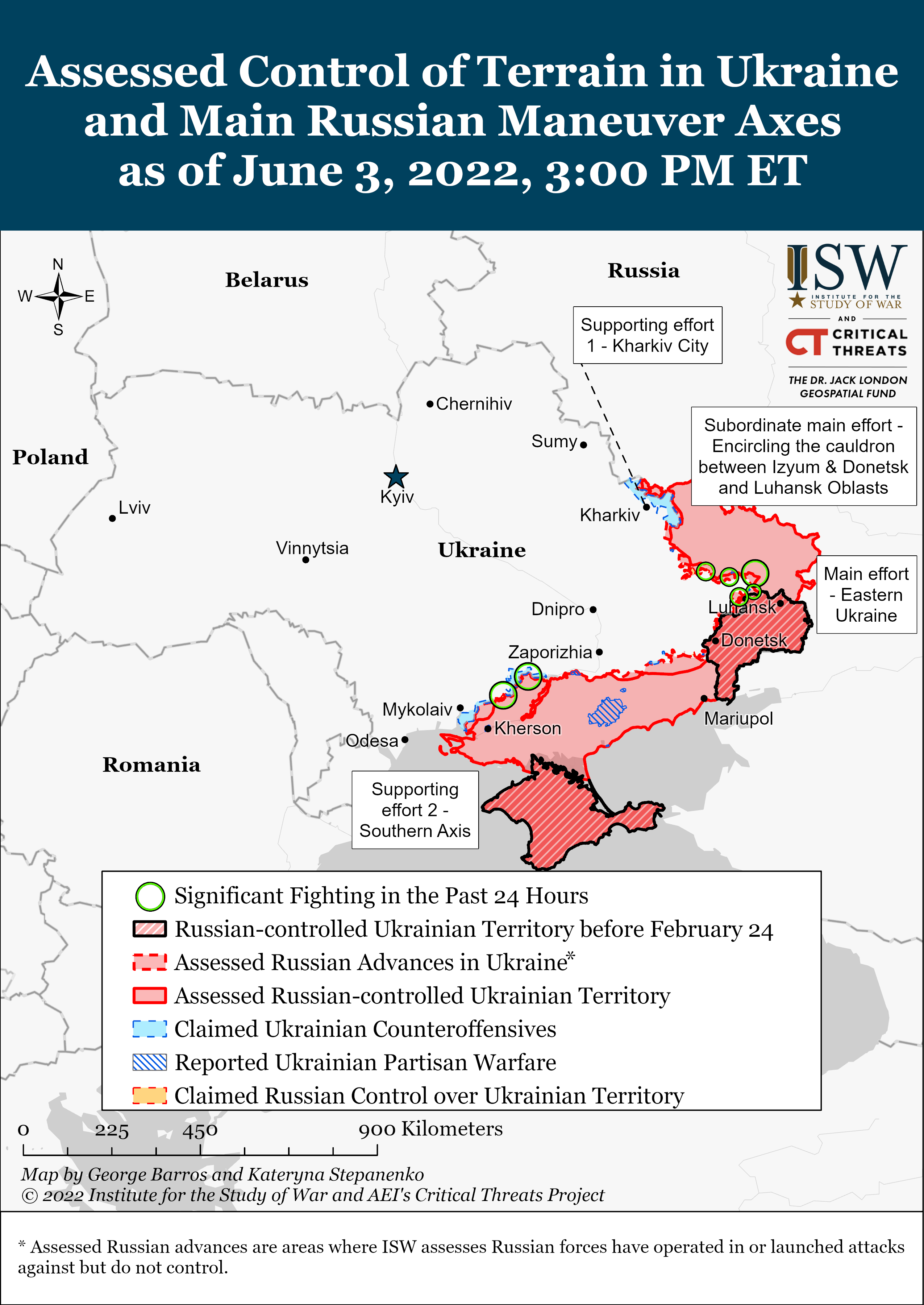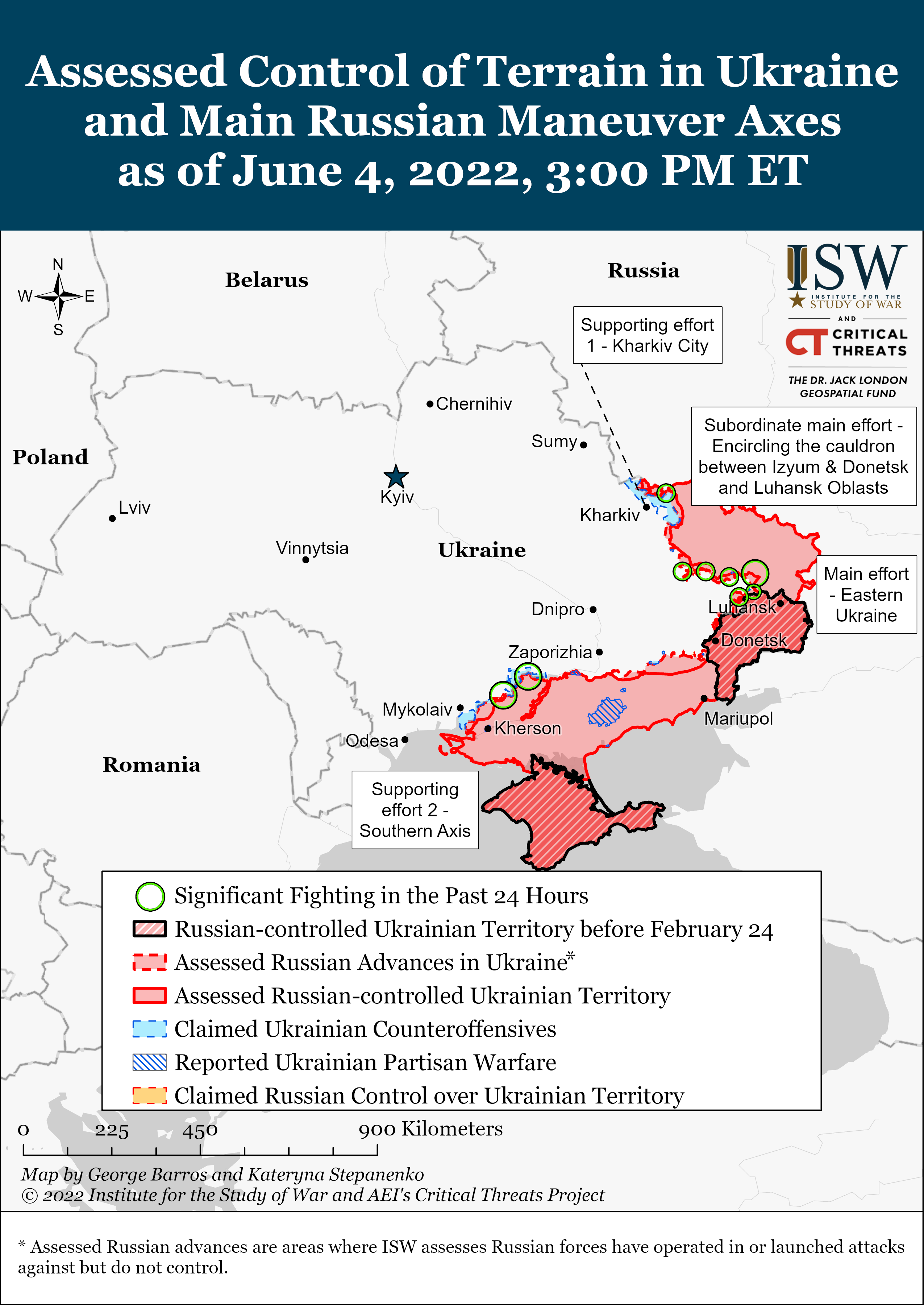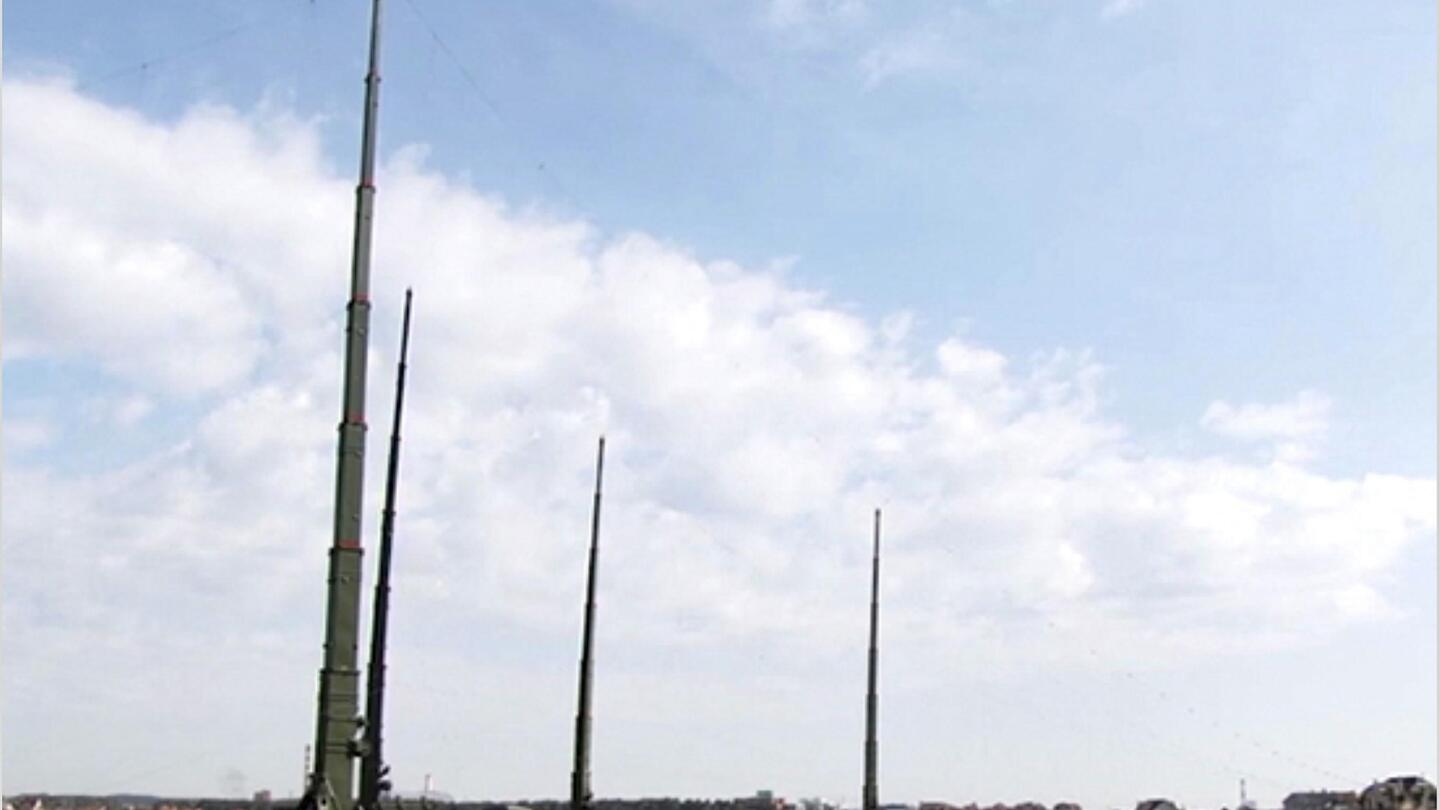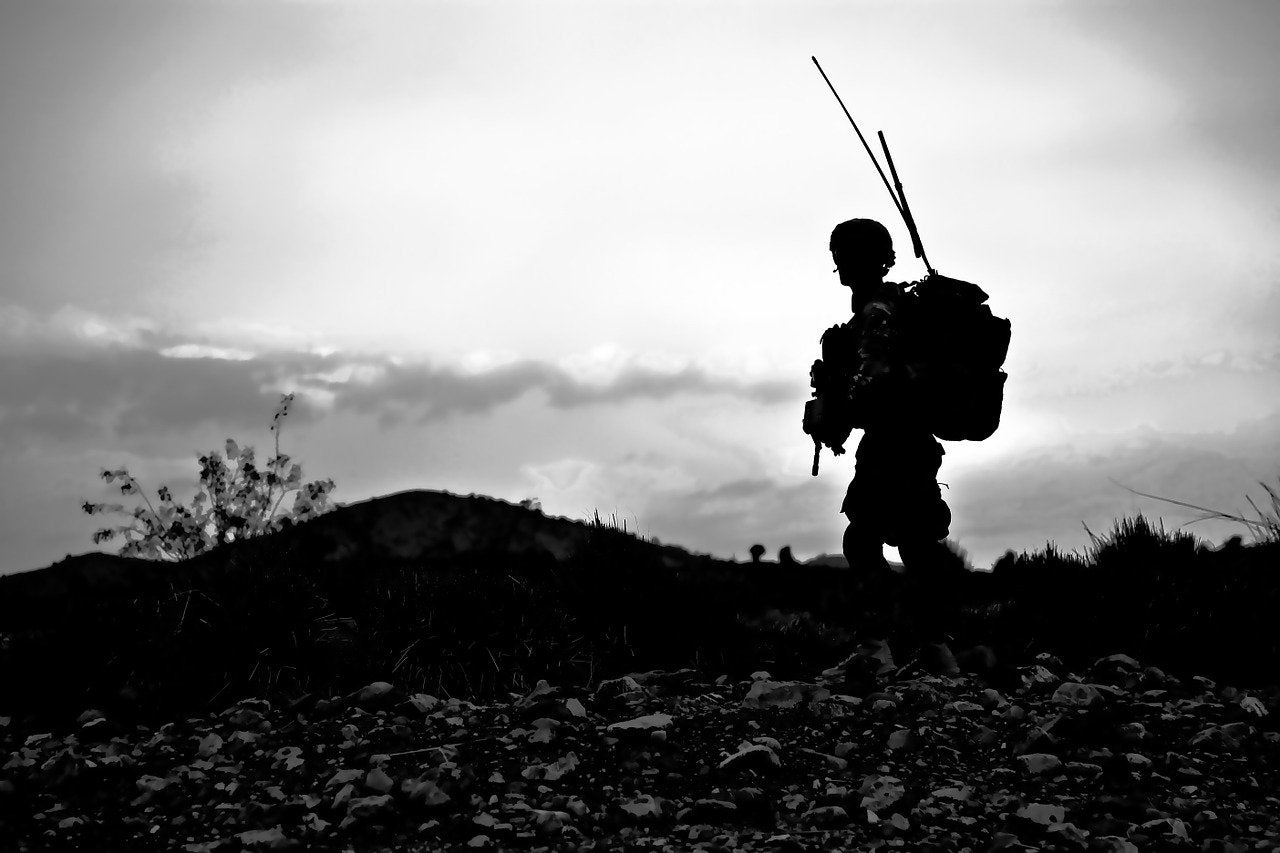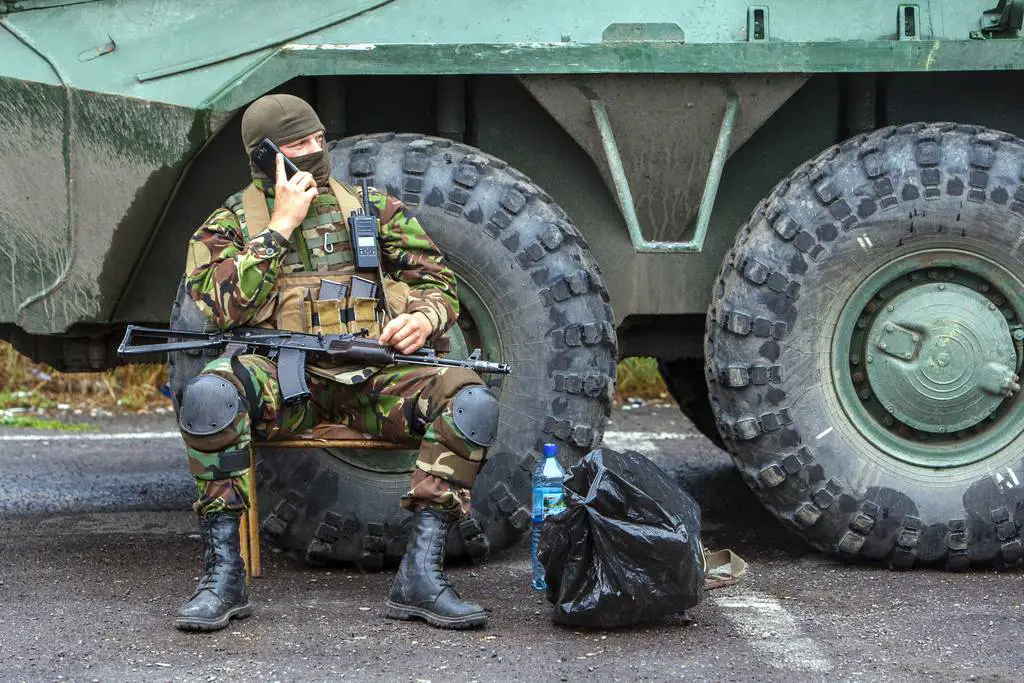Update.
Kherson-Nikolaev-Odessa.
Russian Kalibr launches continue.

vk.com
Russian struck a bridge near Nikolaev.
‼️ Армия России нанесла ракетный удар по ж/д мосту у Николаева, - оперомандование ВСУ "Юг" 4 российские ракеты разрушили железнодорожный мост в районе села Трихаты. t.me/RVvoenkor

t.me
More footage of the alleged Ukrainian offensive in Kherson region at Davydov Brod.
⚡️Видео "успешного" наступления ВСУ в районе н.п.Давыдов Брод⚡️ Про потери ВСУ мы писали в предыдущих постах⚠️

t.me
Russian sources are alleging that neither of the Raptor boats that were hit by the Bayraktar near Zmeiniy actually sank and instead both were recovered and are being repaired.
Как всегда, с течением времени "перемога" превращается в "зраду". Собственно, так же получилось и в этот раз! Широко разрекламированные украинской стороной видеокадры с турецкого убер-ваффе с поражением двух российских катеров типа "Раптор" в начале мая, громко озаглавленные как "Байрактары...

t.me
A video from the 18th Independent Marine Bde, Ukrainian. They claim they lost 80 people in 4 days.
18-й отдельный батальон морской пехоты ВСУ. Наступление на Николаевском направлении. За 4 дня наступления не взяли ни одного населенного пункта. Официально потеряли 80 человек убитыми и ранеными. По их данным - еще больше - убитыми, ранеными, пленными. Просят Зеленского что-то с этим сделать.

t.me
A giant line in Nikolaev, allegedly in line for food.
"Голодные очереди" в Николаеве стали обыденностью — как в этом видео, снятом на Шевченко, 19 Здесь горожане ждут буханки хлеба и польской "гуманитарной консервы". Экипажи Скорой помощи дежурят как из-за июньской жары, так и из-за ожидаемых голодных обмороков. Всё это происходит на фуне...

t.me
Zaporozhye-Dnepropetrovsk-Krivoy Rog.
3 apparently Ukrainian 2S1s getting hit near allegedly Krivoy Rog.

vk.com
A Ukrainian EW setup captured near Krivoy Rog. Note I haven't heard of any significant Russian offensives there. So it raises questions. The equipment allegedly came from the 35th Marine Bde.

vk.com
⚡️⚡️Очередные подарки от убегающей 35 бригады морской пехоты ВСУ. ⚡️⚡️ На фотографиях комплекс РЭБ "НОТА", оставленный под Кривым Рогом. Теперь позиции украинской армии будут свободно поражаться российскими ударными беспилотными средствами. В условиях ограниченных поставок западного вооружения...

t.me
Russian security forces detain an alleged Ukrainian infiltrator team near Melitopol'. Note there have been scattered reports of partisan resistance in the area, so these might well be local resistance rather then Ukrainian infiltrators.
❌Теперь это можно показать - ликвидация ДРГ На днях в Мелитопольском районе была выявлена и нейтрализована ДРГ террористов Зеленского. Спасибо нашим ребятам за блестяще выполненную работу! Террористическое образование УГИЛ должно быть ликвидировано! #РаботаемБратья Владимир Рогов

t.me
Kharkov-Sumy.
Russian strike, allegedly Krasnopol', somewhere near Kharkov.

vk.com
Battle damage from Russian strikes in Kharkov.
‼️ Горят цели в Харькове в результате ракетных ударов Ранее стало известно, что взорвано промышленное предприятие в Безлюдовке t.me/RVvoenkor

t.me
‼️ Ракетные удары нанесены по промышленному объекту в Харькове, над городов зарево от мощного пожара в районе Безлюдовки t.me/RVvoenkor

t.me
Ukrainian forces launching a Switchblade somewhere near Kharkov.
This channel has moved to a new location

t.me
Izyum Salient.
Russian or rebel Grads firing somewhere near Liman.

vk.com
Russian TOS-1 firing somewhere near Izyum.

vk.com
Работа "Хохлопека" по укрытиям укрорейха в Изюмском районе. В ВСУ все еще рады, что ТОС-1A не участвовал в параде 9 мая? @razved_dozor

t.me
Destroyed BTR-80 and truck near Dibrovo, Liman area. Vehicles are allegedly Ukrainian. Note the slat armor, the 79th Air-mobile Bde was spotted with similar looking screens.
‼️ Диброва взято Отважными: окрестности села завалены уничтоженной техникой ВСУ Лиманский район ДНР. Отважные продвигаются вперед к Святогорску и Славянску! #эксклюзив с фронта t.me/RVvoenkor

t.me

vk.com
Destroyed truck (can't tell if ZiL or Ural) with a ZU-23-2 near Liman. Allegedly Ukrainian.
‼️Отважные оставляют после себя сожжённую вражескую технику и свободную от нацизма землю На кадрах уничтоженная зенитная установка ЗУ-23-2 ВСУ под Лиманом #эксклюзив с фронта t.me/RVvoenkor

t.me
Captured Ukrainian DShKM somewhere near Izyum.

vk.com
Russian troops apparently in overrun Ukrainian positions near Dolgen'koe.
Гвардейцы Петраковского полка продолжают успешное наступление на Изюмском направлении, где противник сформировал один из самых мощных укрепленных районов на подступах к Славянску. Продолжается продвижение от н. п. Долгенькое. Подразделения ВСУ несут огромные потери. Картина страшная и киевский...

t.me
LDNR Front.
Fighting has started around Svyatogorsk.
Начались бои за Святогорск. Есть также сообщения, что нацики подорвали мост через Северский Донец, но пока фото/видео пруфов нет.

t.me
Rebel mortar crews firing on Kamyshevakha.
Камышеваха... Работа минометного расчета по ВСУ... Больше фотографий смотрите на РИА @rian_ru и @nezhurka и @riaphoto

t.me
DNR 9th Regiment near Avdeevka shelling Ukrainian positions with what I think is a Giatsint-B.

vk.com
Russian sniper apparently near Avdeevka working with a captured American Desert Tech SRS-A2 sniper rifle.

vk.com
Destroyed ZIL-131, Ukrainian, in Soledar.
Уничтоженный ЗИЛ-131 ВСУ в Соледаре

t.me
Rebel MT-LB with a BMP-1 turret.
Были уже у нас, но вроде это другой?

shushpanzer-ru.livejournal.com

vk.com
Ukrainian Triton armored car captured and being used by rebel forces.

vk.com
Z-Трофей. Трофейный украинский бронеавтомобиль *Тритон* с боевым модулем ОБМ в составе сил ВСН.

t.me
Ukrainian mechanized formation riding BMP-1s allegedly the outskirts of Severodonetsk. We haven't seen large numbers of Ukrainian armored vehicles in one place before.
Механизированный взвод ВСУ на БМП-1, окраины Северодонецка.

t.me
Ukrainian forces in Severodonetsk.
Еще пока не зажмуренные укронацисты в промзоне Северодонецка.

t.me
The West.
The Beskid railroad tunnel under the Carpathians allegedly got hit by Russian cruise missiles. It's quite a massive tunnel so it's unclear if the strike was successful.

vk.com
Russia.
Missile launches out of Belgorod area.
И еще немного традиционного вечернего Белгорода от подписчиков. @sashakots

t.me
Пуски баллистических ракет из приграничных с Украиной районов в сторону Харькова. Местные СМИ сообщают о взрывах в Мерефе. #Россия #Украина #Харьков @rybar *Поддержать нас: 4377 7278 0407 7977

t.me
Mariupol'.
A ship allegedly loaded with steel sheets is exiting the port of Mariupol', escorted by Russian gunboats. Note the Shmel' gunboats have an MLRS that may have been used to bombard Azovstal'.
Караван: Груженный листовой сталью сухогруз Астрахань выходит из ждановского мариупольского порта. В ордере каравана три бронекатера Шмель (пр. 1204). Судя по вешке, ведут протраленным фарватером. Мысля тут посетила - одна из особенностей Шмелей - 140-мм пусковая…

afirsov.livejournal.com
Russian mineclearing in and around Marirupol' continues.

vk.com
Misc.
Russian TOS-1A takes return fire on live camera from Ukrainian artillery. Location unclear.

gurkhan.blogspot.com
Russian Su-25 after a MANPADS hit.

vk.com
Основной канал по адресу @bomber_fighter

t.me
Russian Msta-S operations in Ukraine. Note how they hide in the treeline. This is likely an attempt to evade detection by UAVs.

vk.com
Russian soldier with a captured M-136A1 rocket launcher.

vk.com
Apparently the head designer at Antonov was arrested for posting pro-Russian messages on the internet.
Ведущего инженера-конструктора авиапредприятия "Антонов" задержали на Украине за поддержку спецоперации России, сообщили в прокуратуре Киевской области. РИА Новости, 31.05.2022

ria.ru
Задержание ведущего конструктора КБ "Антонов" за открытую поддержку СВО.

t.me
Another look at the up-armored BMP-2.
В зоне СВО засветилась БМП-2 с усиленной бронезащитой и решетчатыми экранами

t.me
После ремонтного подразделения под Донецком. Экраны, как мне видится, от Т-80У.

shushpanzer-ru.livejournal.com
A Russian UR-77 uparmored, somewhere in Ukraine. The type is very lightly armored and is being used near the front line.
УР-77 тоже зазаборили

shushpanzer-ru.livejournal.com
More up-armored Russian trucks.
"...Часть корабля - часть команды..."

shushpanzer-ru.livejournal.com

vk.com
Ukrainian forces allegedly using a pick-up truck based MLRS.
Пикап L200 с пакетом 122мм ПУ. Это не Сирия или Африка! Это "сильнейшая армия Европы" (с)!

shusharmor.livejournal.com
Украинские военные применяют самодельные РСЗО в зоне боевых действий. Аналогичные кустарным способом изготовленные реактивные установки активно применялись боевиками в Ираке и Сирии. #Украина @new_militarycolumnist

t.me
Ukrainian soldier with Germany anti-tank mines. Location and context unclear.

vk.com
A DP-27 with a supressor and an optical sight.
Украинские националисты проапгрейдили советский пулемет ДП-27, установив глушитель и прицел.

t.me
Russian repair unit working in Ukraine.

vk.com
Russian Palantine EW and SIGINT system in Ukraine.

vk.com
NATO/EU.
Ukraine is set to receive M-270 MLRS and HIMARS from the US, UK, and Germany.
1 июня 2022 года президент США Джо Байден объявил о новом пакете военной помощи Украине. Согласно сообщению министерства обороны США, объем нового пакета составляет 700 млн долл. Общая сумма официально выделенной Киеву американской военной помощи с начала российской специальной военной операции на…

bmpd.livejournal.com
Вслед за объявленным Соединенными Штатами 1 июня 2022 года решением о передаче в качестве военной помощи Украине наземных ракетных комплексов М142 HIMARS с высокоточными ракетами GMLRS, стало известно о намерениях Германии и Великобритании передать Украине из наличия своих вооруженных сил…

bmpd.livejournal.com

vk.com
We have first confirmation of US-supplied Mi-17s in Ukraine.
Украина донашивает афганскую технику В Сети появилось изображение одного из вертолётов Ми-17, переданного США ВВС Киевского режима. Это один из вертолётов, который ранее использовался ВВС Афганистана (об этом говорит характерный камуфляж). Ранее ВВС Афганистана отказались от эксплуатации этих...

t.me

